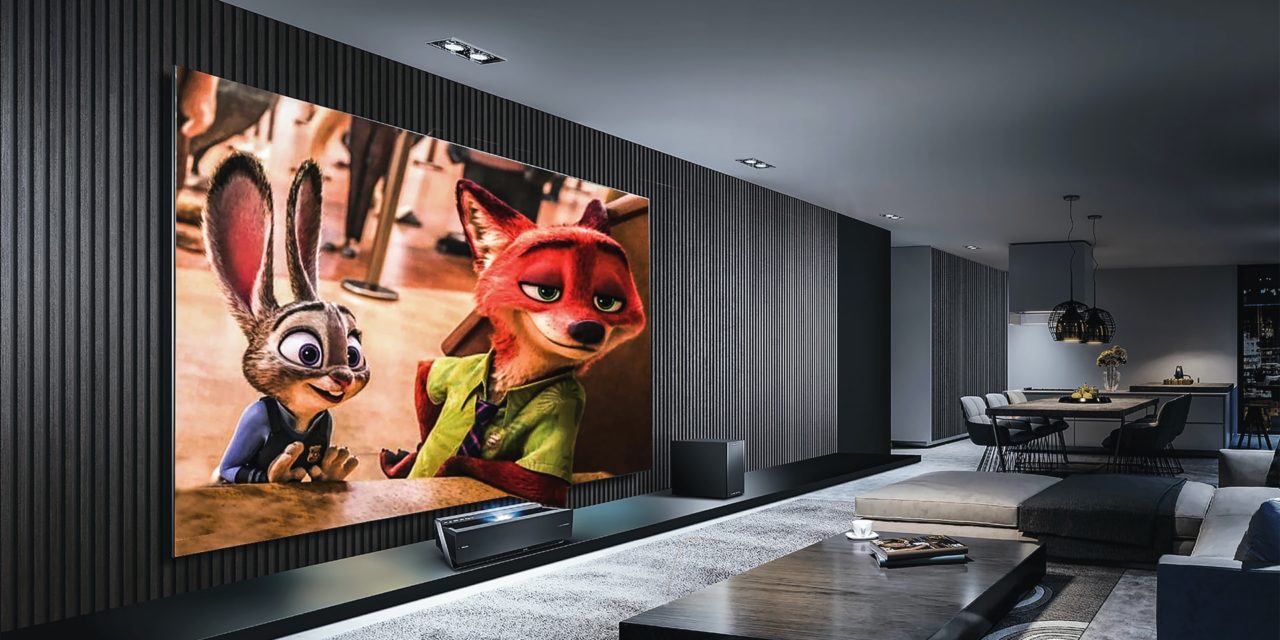For many years, TV signals have been broadcasted in analog format. Over the years, many countries around the world have started using digital broadcasting. The broadcasting format comes with a number of benefits.
Benefits
Bandwidth: the high-definition and standard-definition digital signals are broken up into five signal patterns in order to accommodate multiple aspect ratios. This translates to good quality pictures for you regardless of the size of TV that you have.
Automatic tuning: the signals tune themselves automatically; therefore, you don't have to worry about the bandwidth that the signal is working at. Due to this, you can buy any TV whether LCD, plasma or any other and be sure that your TV will be able to broadcast the signals.
Many reception outlets: with digital broadcasting, you have many ways in which you can receive the signal. The most common ways are: digital cable, satellite, DSL internet connections and mobile phone.
How It Works
This broadcasting gets into your TV in the form of binary digits. These are computer signals that are composed of zeros and ones. When a television station broadcasts a program, the signal is picked from its audio and video form and compressed into a signal that is fit for transmission.
The signal is then transmitted to a satellite space where it's sent back to the various television towers in your country. The towers then broadcast the signal that is picked by your television in your home.
Data levels
Digital broadcasters have three main data formats in which they can broadcast the signals. These formats include:
480: it delivers standard definition television (SDTV) reception to your television set. The signals are similar to the analogue signals.
720 and 1080: the format provides you with excellent video quality that you find in high definition (HD). It's good to note that format 720 delivers 80% more pixels than SD while format 1080 delivers over 270% more dots to your TV.
Compression is a very important feature in digital broadcasting. It allows digital broadcasters to send one or more sub-channels over the same frequency. This allows you to receive many programs to watch.
Conclusion
This is what you need to know about digital broadcasting. As a consumer, you are not concerned with the technicalities involved with digital broadcasting. All you need to do is to buy a TV or set top box that is compatible with the signals. As rule of thumb you should ensure that you buy from a reputable store.

